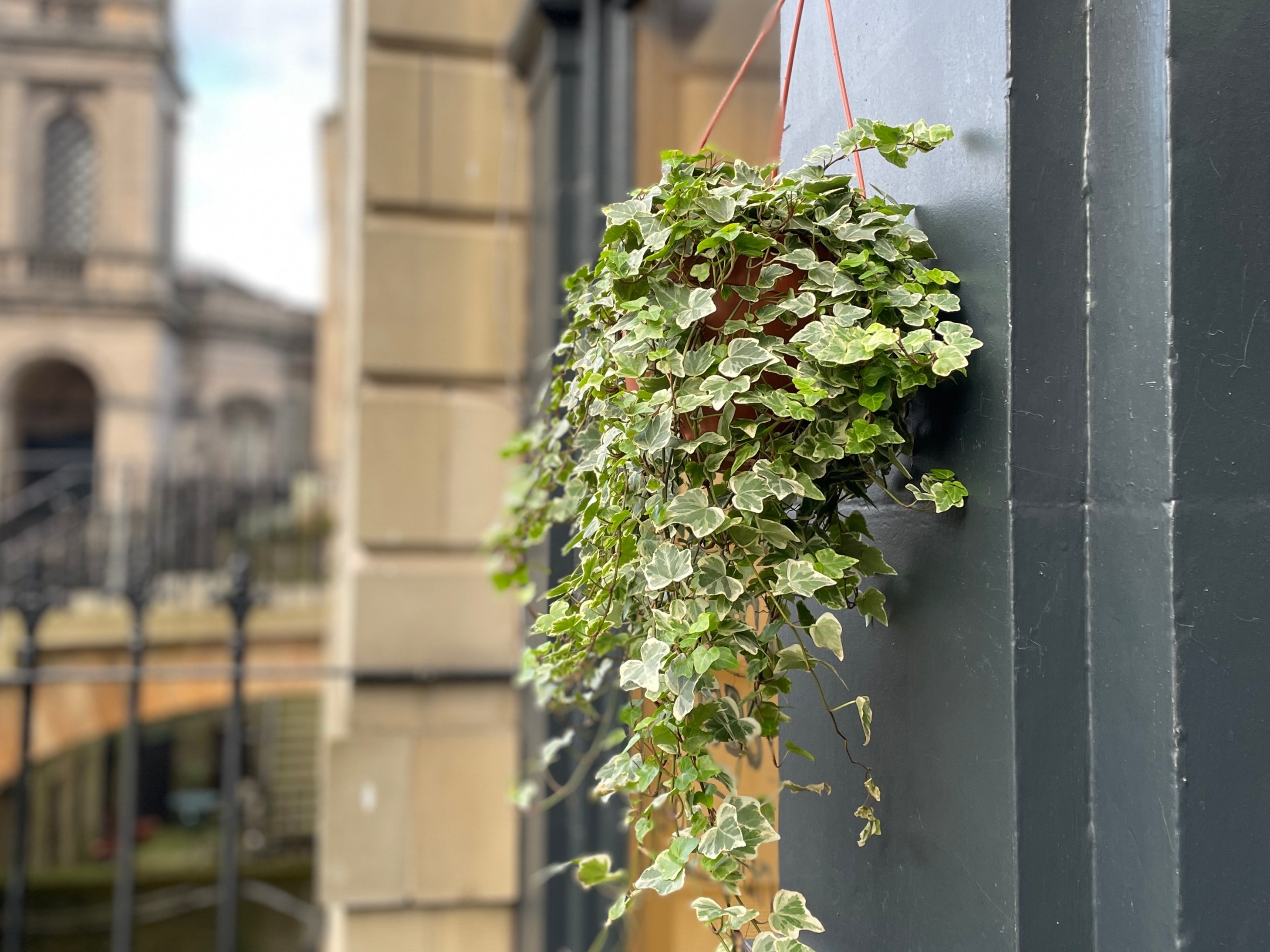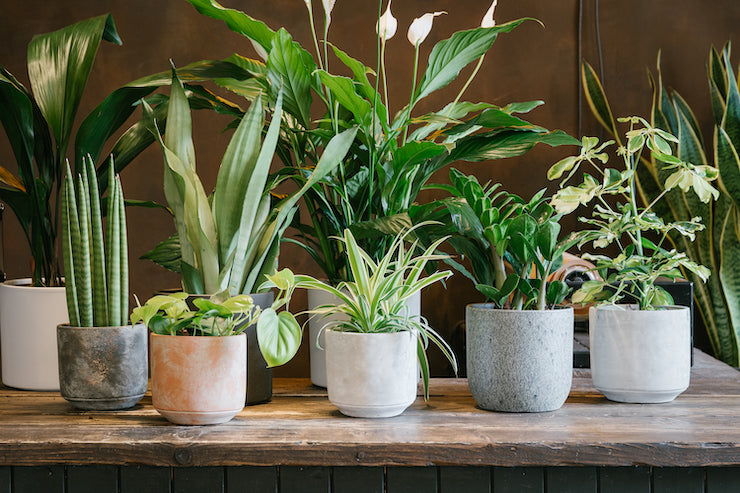
How to care for English Ivy Indoors
Hedera helix, commonly known as English Ivy, is a member of the Araliaceae family and can be found natively growing in Europe and some areas of western Asia. Although Ivy can also be found growing in the United States, New Zealand and Australia, it is considered an invasive species as its dense growing habit and fast growth rate easily outgrow native species. In its natural European habitat, Ivy is eaten by insects and animals which help to control its growth.
This genus is easily recognisable by their lobbed, evergreen leaves and can often be found growing up tree trunks or clinging onto walls in urban areas. Juvenile leaf forms are more spiked in shape, whilst more mature plants produce oval or diamond shaped leaves. In the Autumn mature ivies will produce yellowish green flowers which will turn into black, berry-like fruits come winter. Most varieties of Hedera helix are climbing varieties whose aerial roots latch the surface trees and stone walls to climb as far as 30cm in height. When kept indoors these varieties are often left to trail in the home.
Hedera was favoured by the Romans and Greeks who believed that wearing a crown of ivy prevented drunkenness. For this the reason, depictions of Bacchus often show the god of intoxication with a wreath of grapevines and ivy. This plant is also favoured by priests as a symbol of fidelity and was traditionally presented as a wreath to newlyweds.
How to care for Ivy indoors
Have you been struggling to fill a particularly cool and draughty spot in your home? Hedera helix could be the perfect choice for you as, unlike most of our favourite tropical houseplants, Ivy is kept happiest in cold spots. These plants should be positioned in medium to low light levels in the home as any direct light will scorch their leaves. However, Hedera varieties with variegated leaves should be placed in bright, indirect light to prevent their leaves from reverting to green. Ivy prefers to be kept moist at all times and will even enjoy an occasional room temperature shower. To prevent these plants drying out too quickly avoid placing this genus too close to heat sources such as radiators or fireplaces. Feed with a high-quality houseplant feed, such as Liquid Gold Leaf, in the Spring and Summer. At this time of year, it is also important to check if your plant needs a repot. To check this, look for roots growing out of the drainage holes at the base of the pot or gently remove the pot to check for roots densely spiralling around the base of the compost. These are both signs that your plants roots have run out of space to grow and need to be repotted. To repot, choose a pot with drainage around 5cm larger than the plants current pot. Hedera helix prefer a compost mix comprised of 70% Soil.ninja Base Mix, 10% Worm Castings and 20% Sand. If you do not want to create your own compost you can use Houseplant Focus 3L, but make sure to add 20% Bettergrow Perlite to 80% compost to ensure there is an adequate amount of drainage.
Common Problems with Growing Ivy Indoors
Crispy, brown leaves
Hedera helix will thrive in cooler temperatures and can often turn crispy if placed in a particularly warm spot in the home or if placed directly on a windowsill receiving a lot of direct sunlight. Move to a cooler area of your home and increase watering.
Variegation has turned green
Although English Ivy is shade tolerant, if kept in too shady a spot their variegation will turn green. Move your Ivy into bright, indirect light to achieve variegated leaf patterns.



